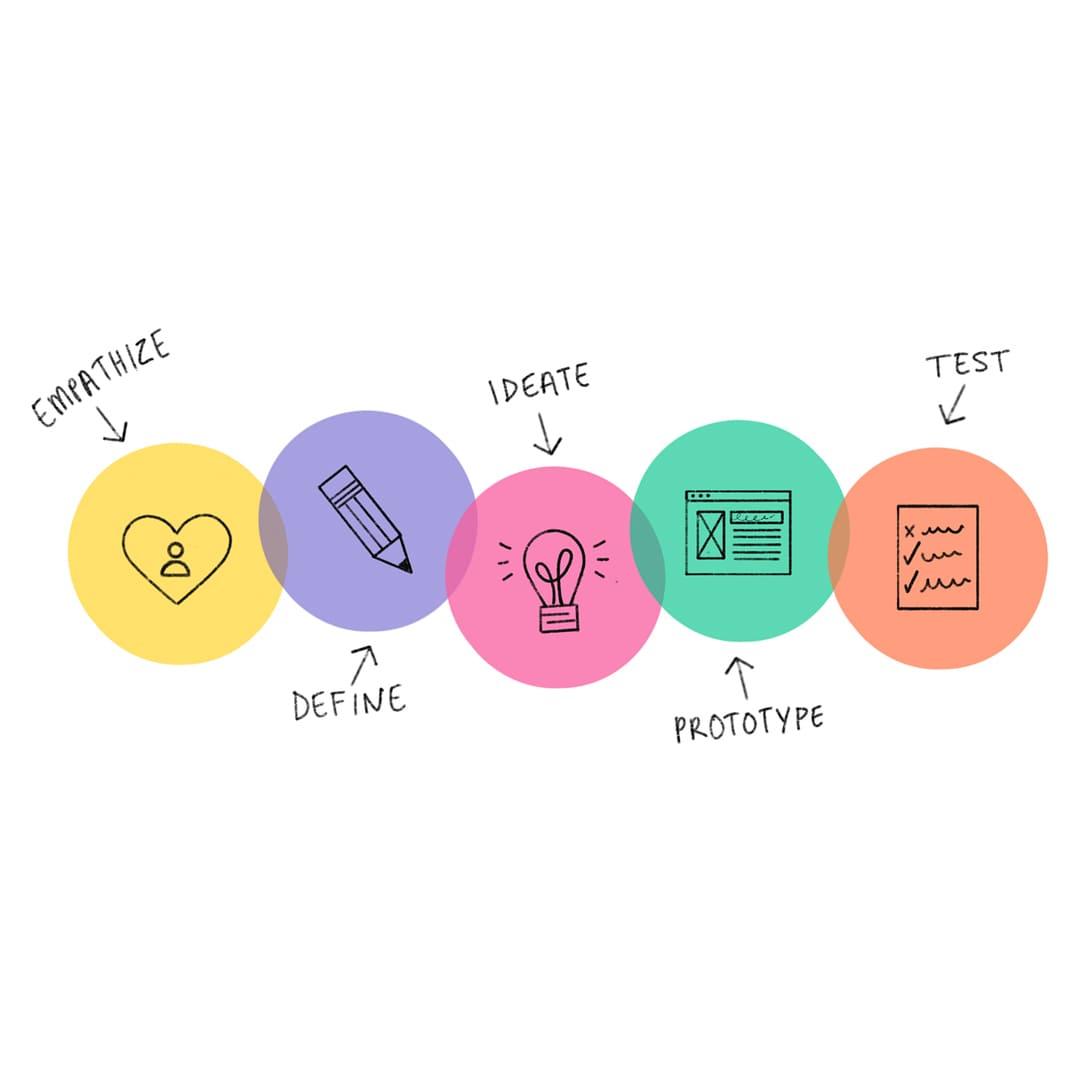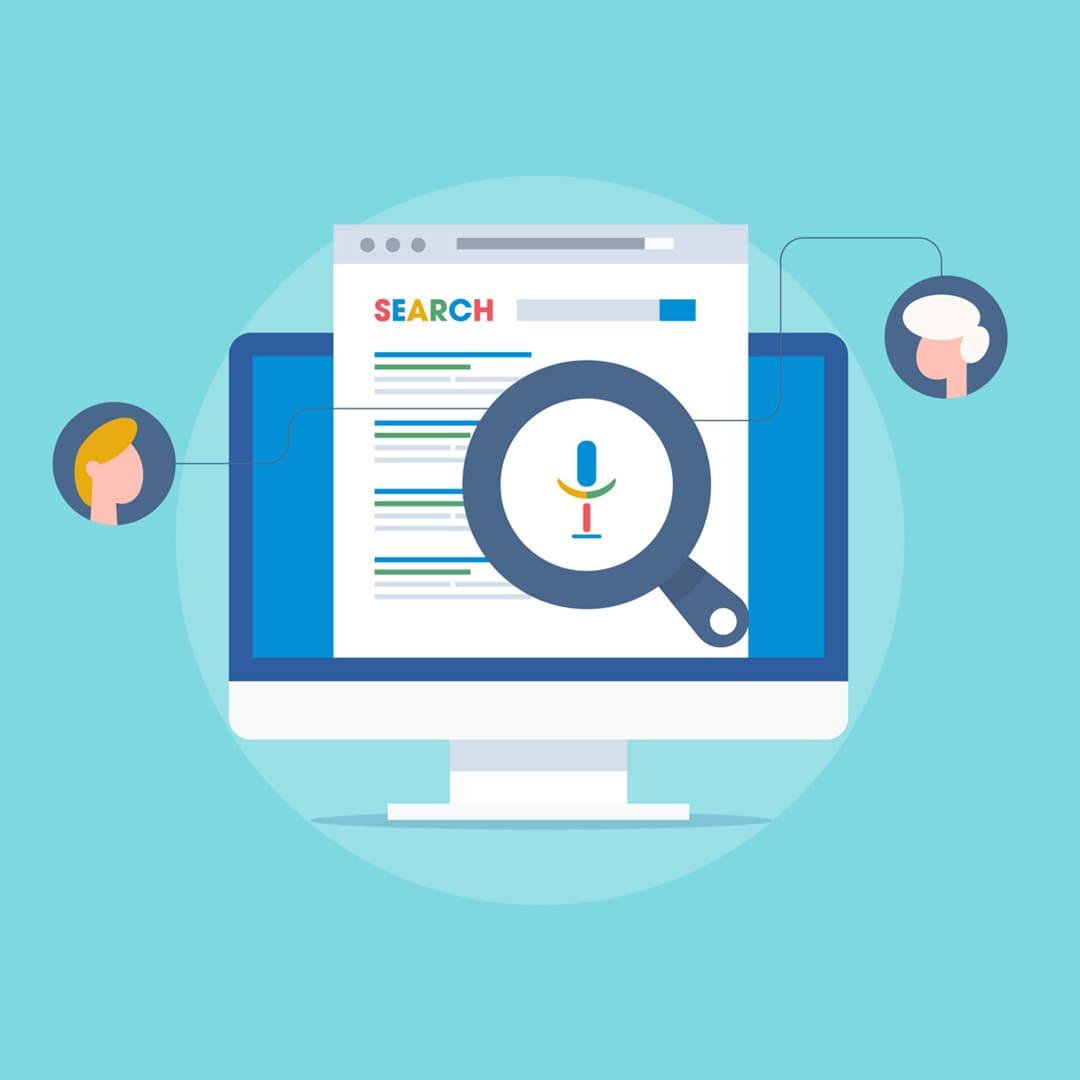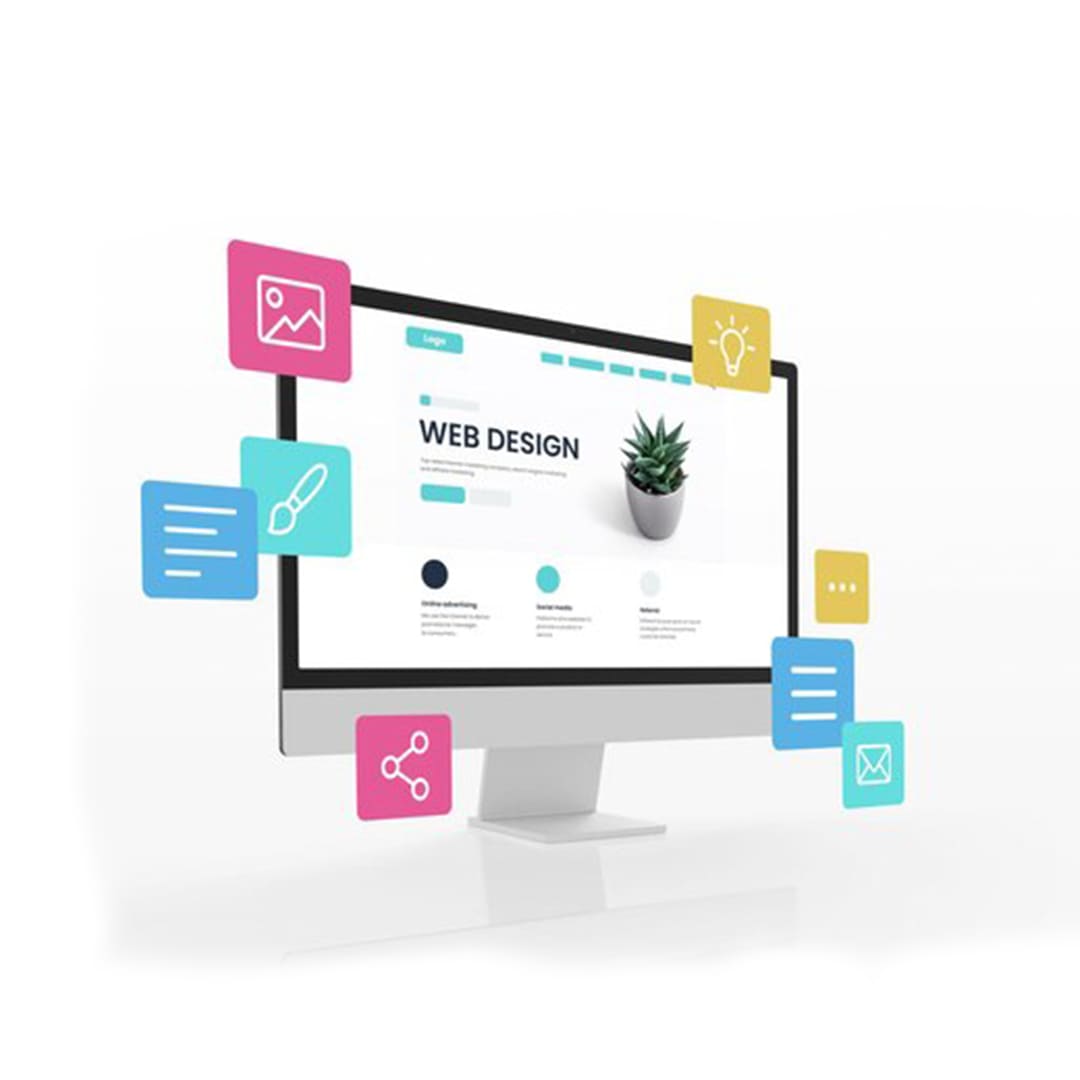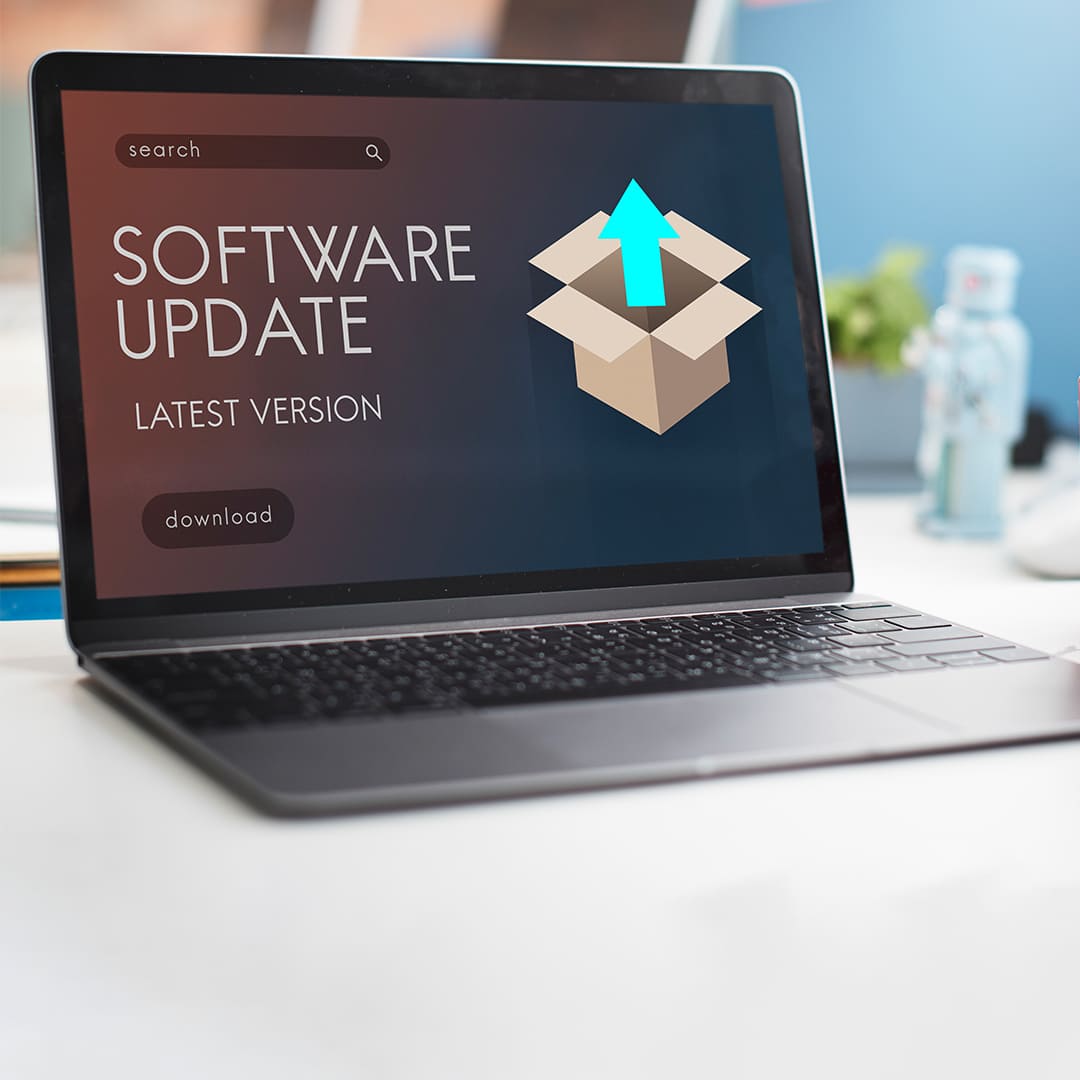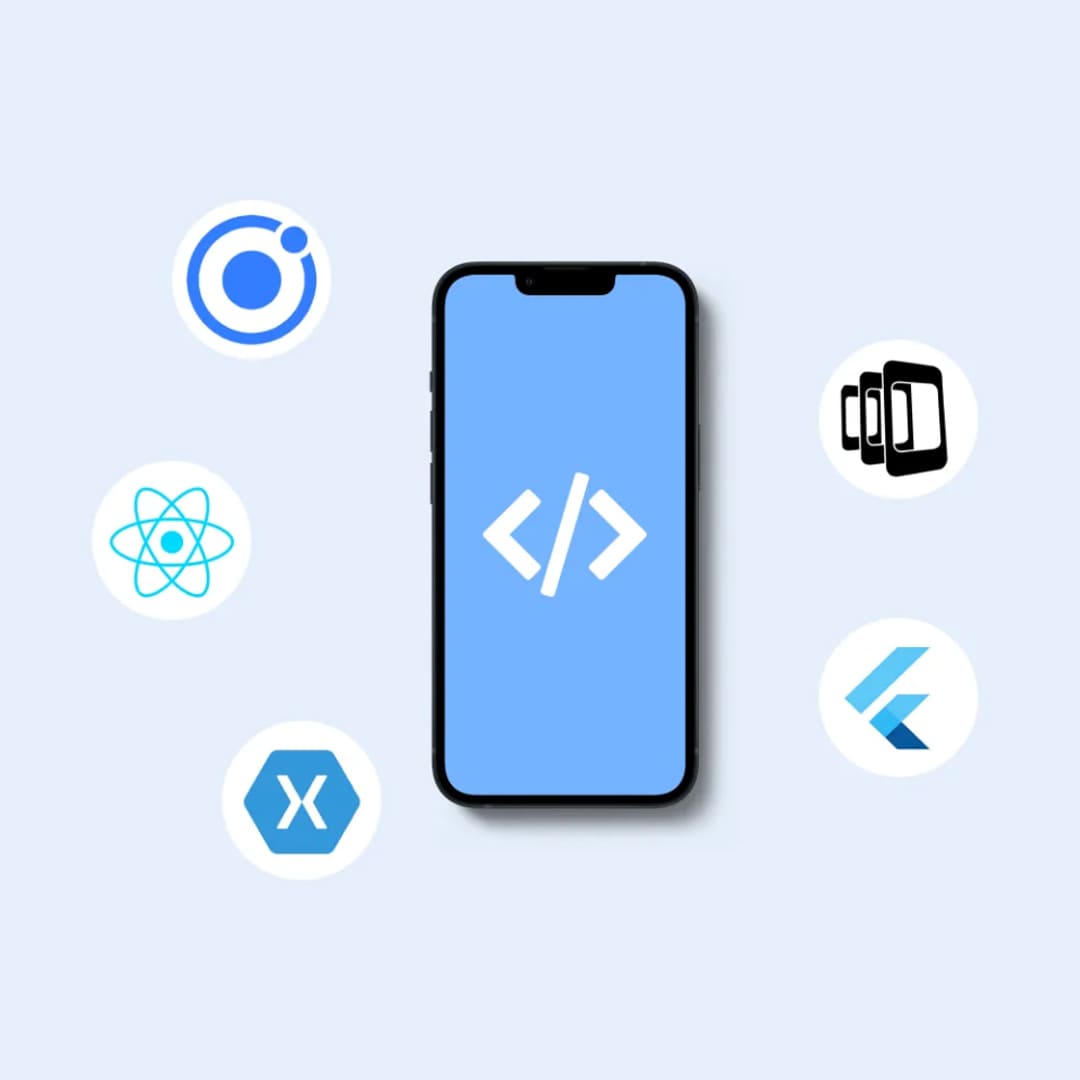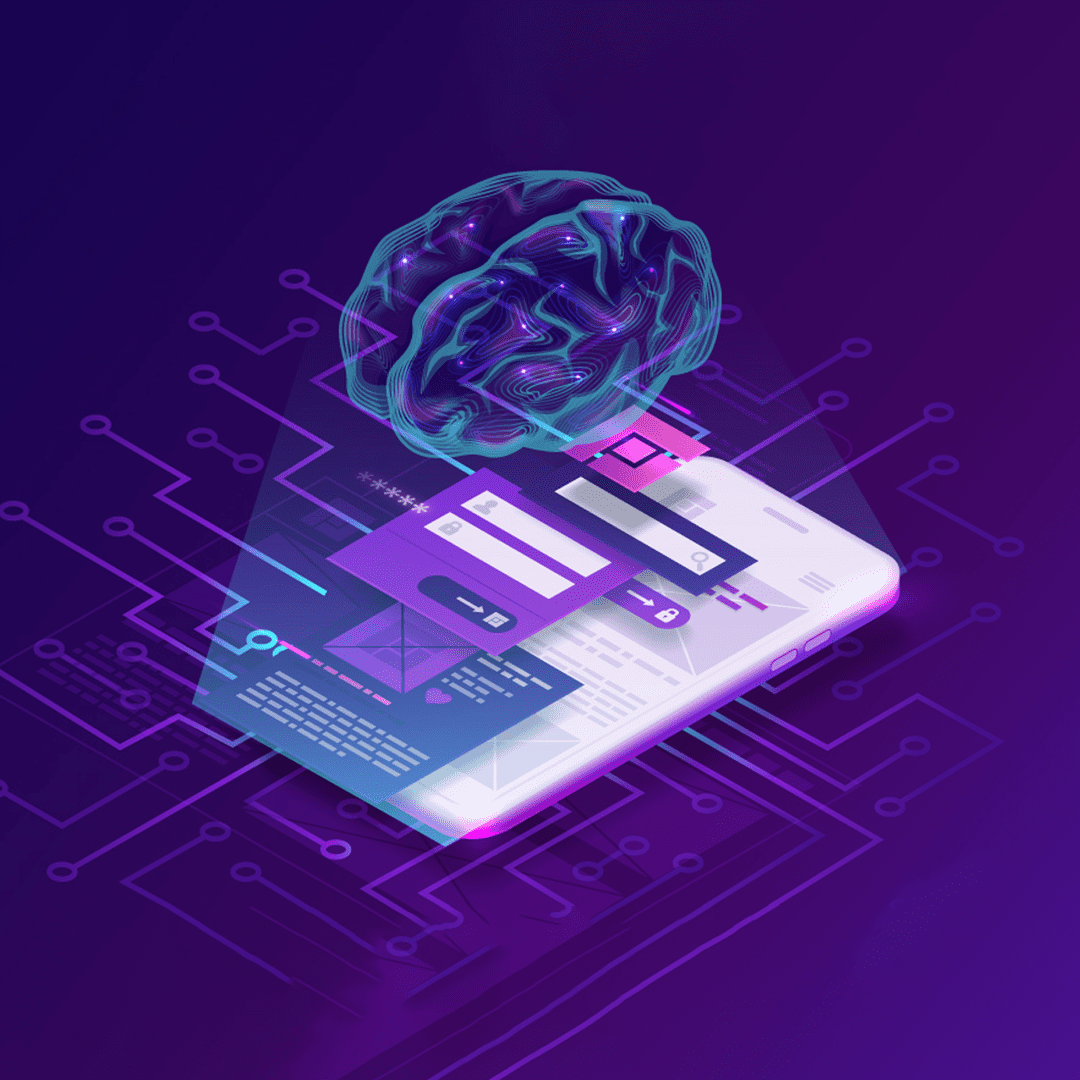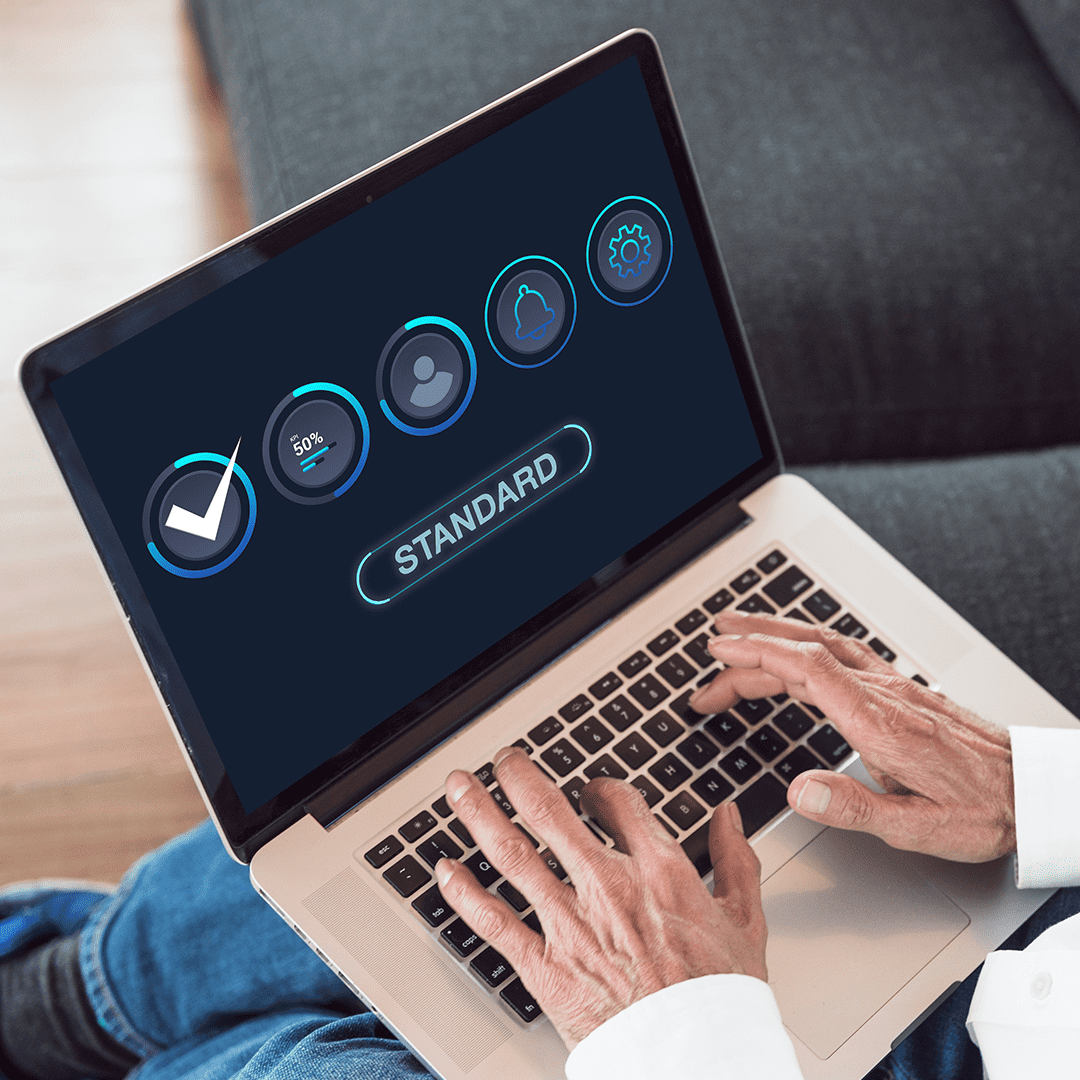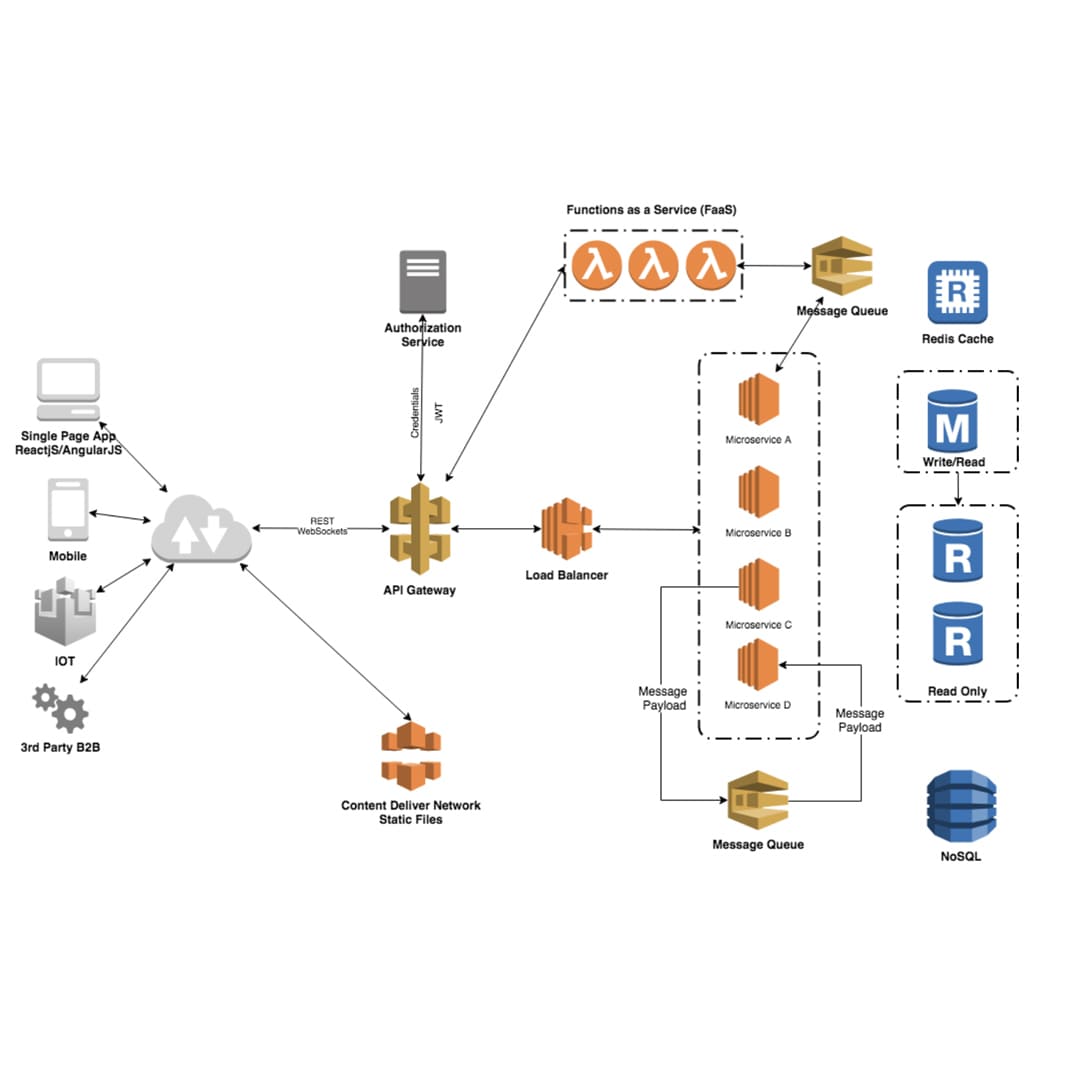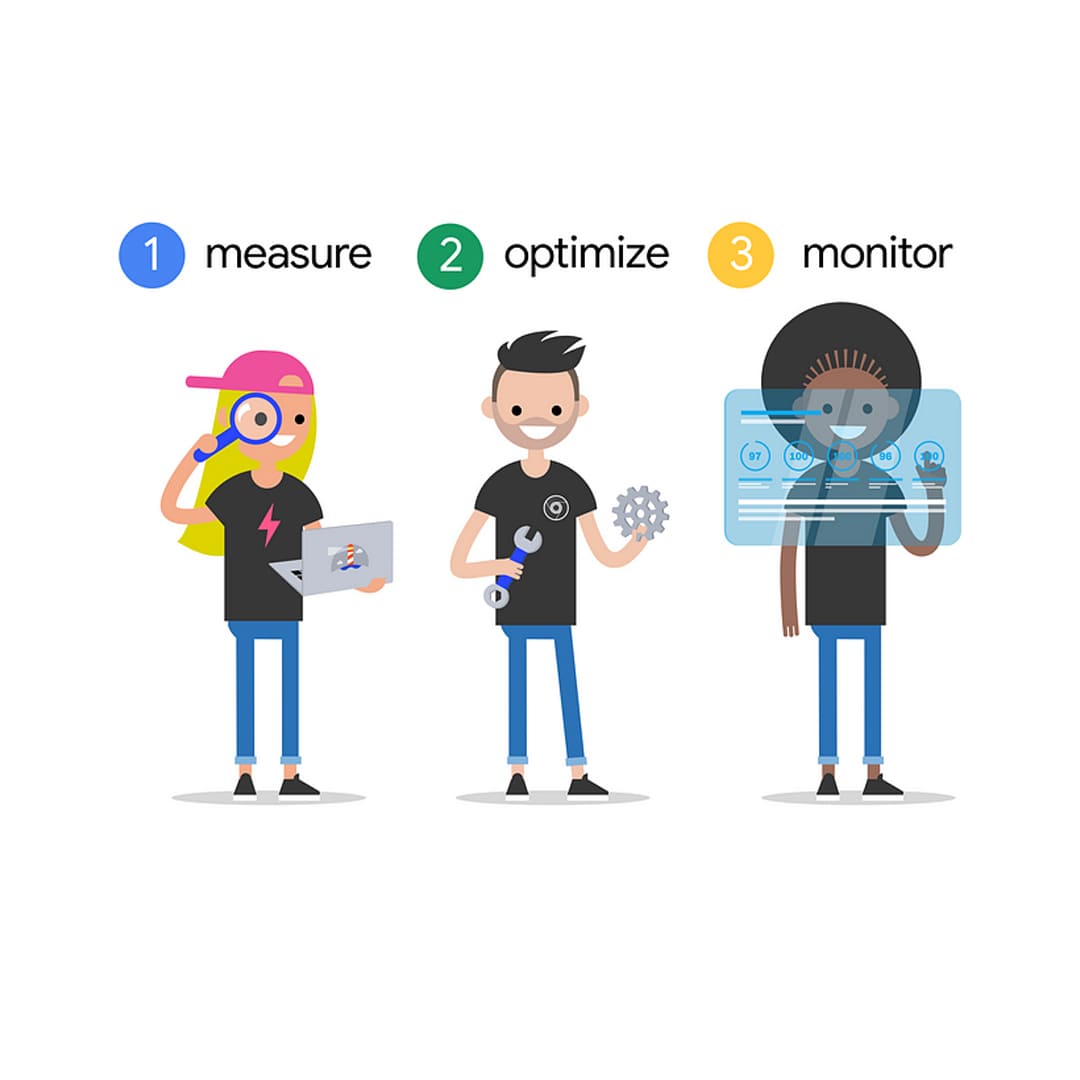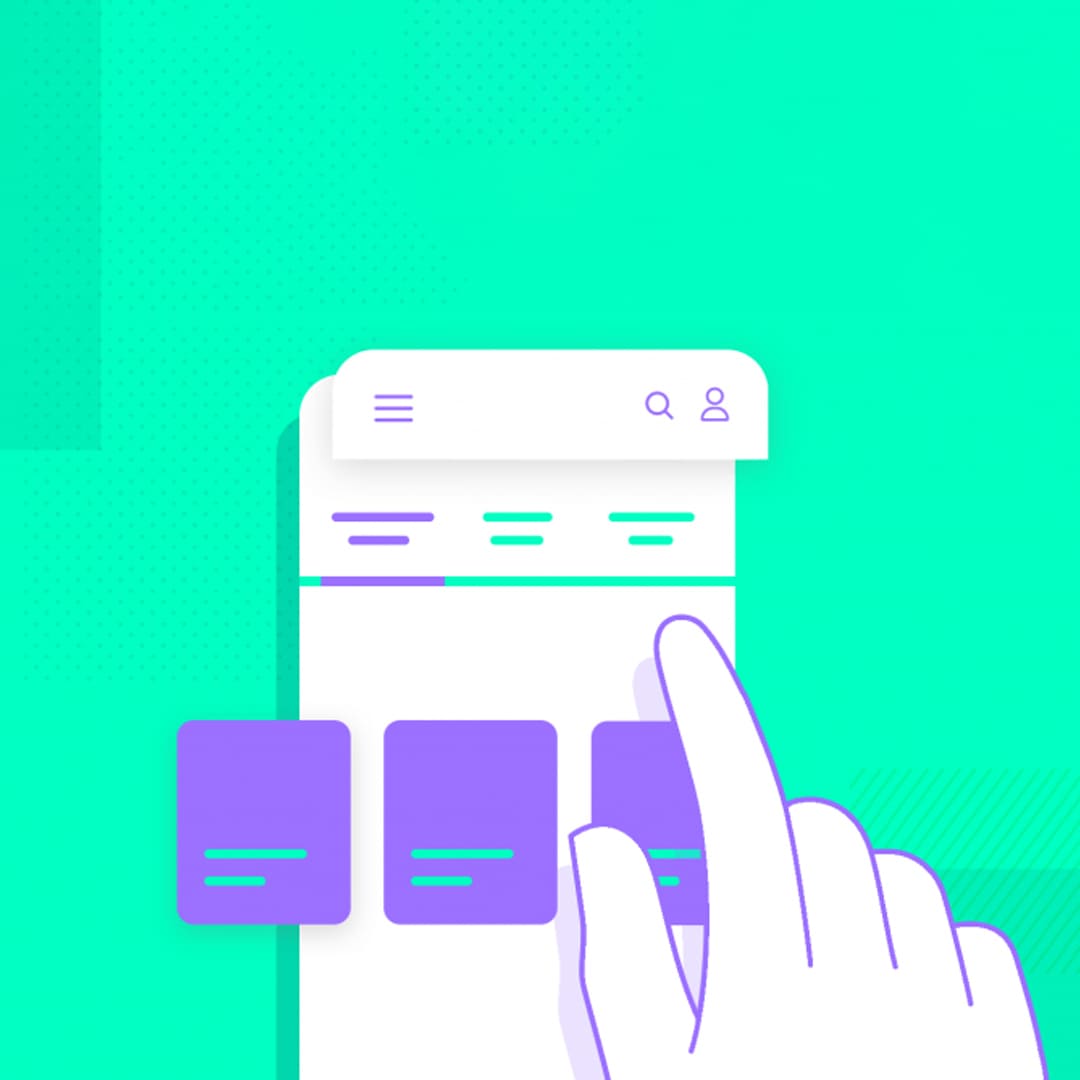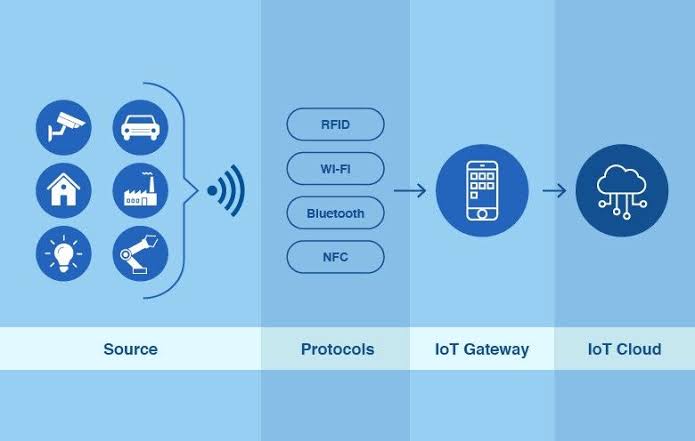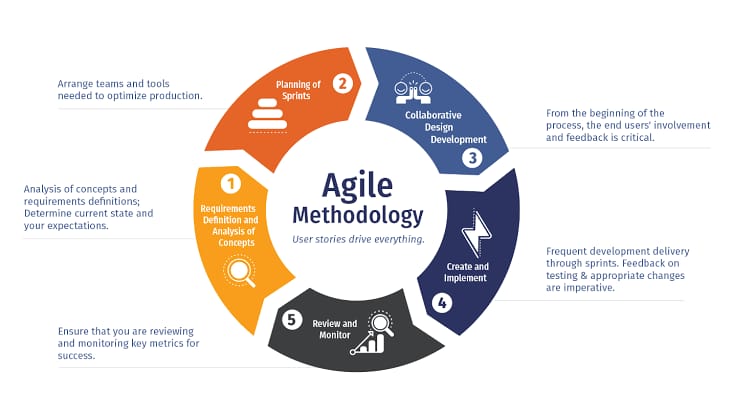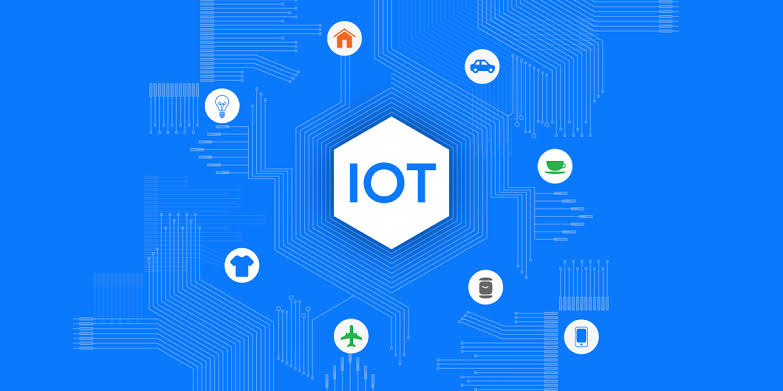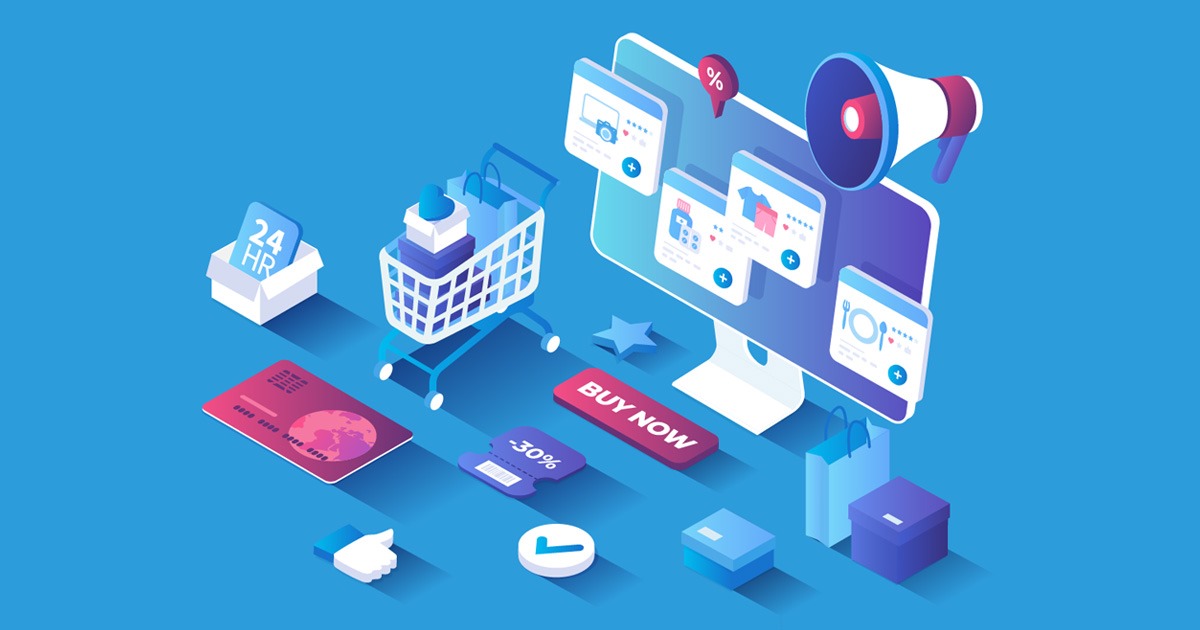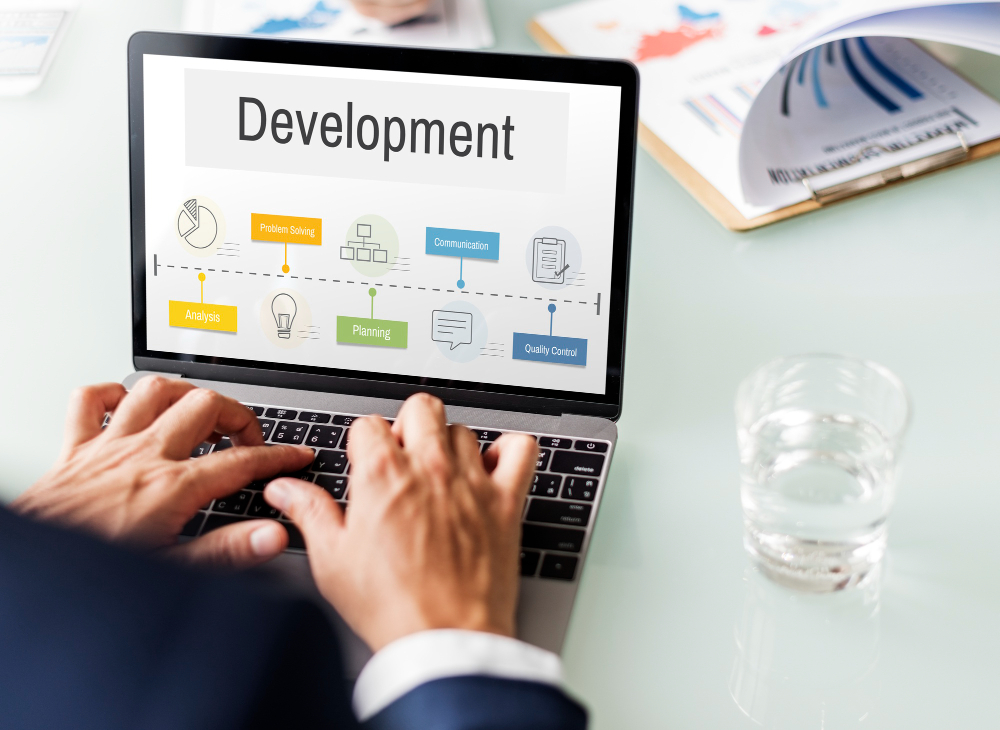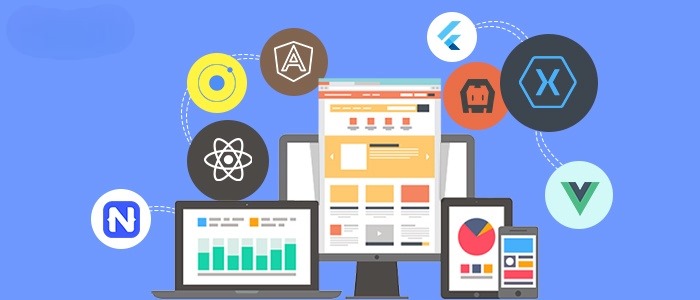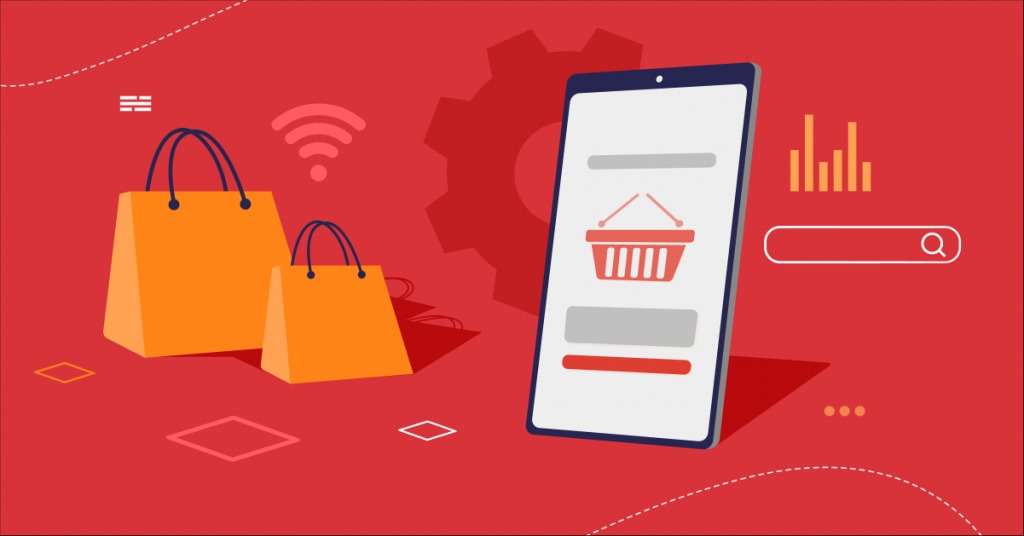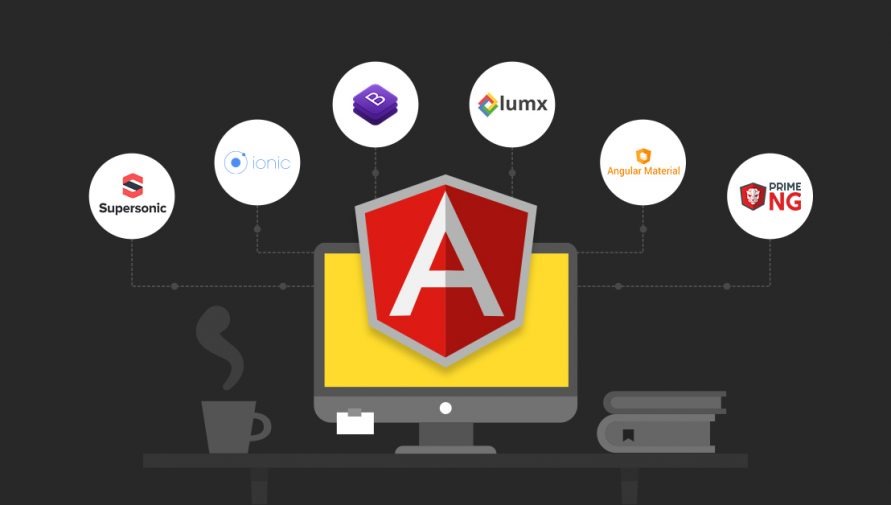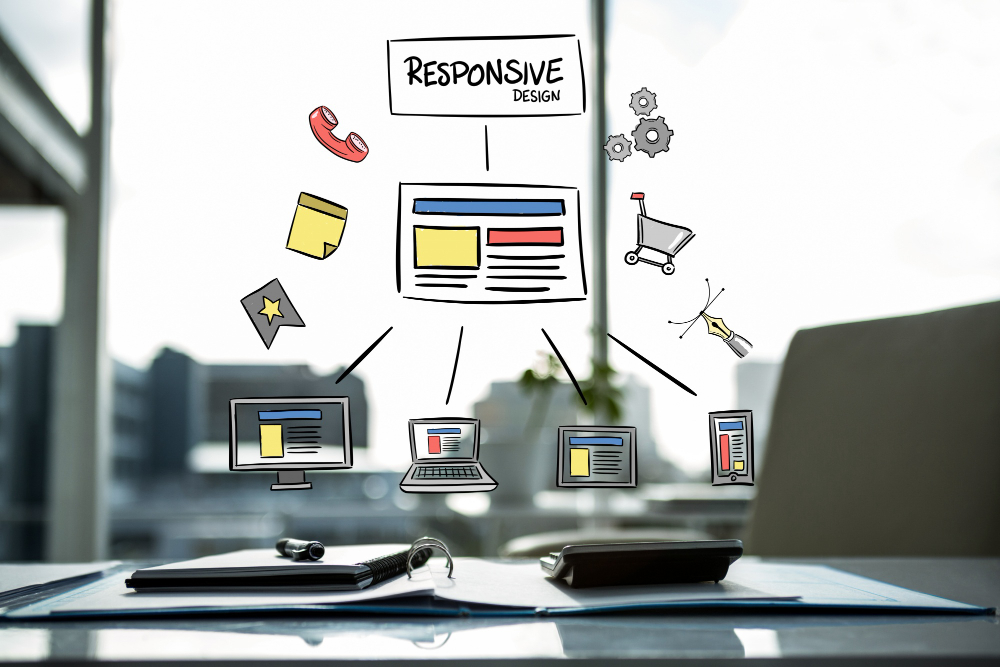Challenges and Solutions in App Development

A significant element in the digital world that influences our daily interactions with technology is the development of applications. However, developers come across a wide range of difficulties behind their elegant interfaces and faultless features. Obstacles abound in the process of creating apps, ranging from the dynamic nature of technological advances to the need for user-centric designs and extremely stringent safety specifications. Nevertheless, when confronted with these difficulties, developers also possess a toolset full of creative fixes and approaches intended to get past obstacles in order to deliver extraordinary user experiences. This talk focuses into the multifaceted world of app development, discussing the major problems that developers experience and the creative solutions that carry the software industry ahead.
Overcoming Compatibility Challenges
It's essential to overcome compatibility problems during the development phase in order to guarantee that the application you're developing functions properly on a broad spectrum of platforms, operating systems, and screen resolutions. Here are a few strategies for resolving incompatibilities:
- Cross-Platform Development: Consider using one of the cross-platform development frameworks and by allowing you to write code merely once and redirect it across various operating systems, these frameworks minimize cross-platform compatibility problems.
- Create your mobile application with responsive design in consideration. To make certain your application conforms to various screen sizes and introductions, use media queries, fluid grids, and adaptable layouts. This kind of strategy is particularly important for applications that run on the web.
- Test your software across a variety of devices, such as tablets, smartphones, and several models with varied screen sizes and resolutions. This helps identify compatibility issues early in the development process.
- Operating System Compatibility: Verify that your app is compatible with the latest and most recent versions of the operating systems (Android, iOS, etc.) by staying up with their modifications. Test the application frequently on beta versions of approaching OS releases to prevent problems with compatibility prior to them arise.
- API Compatibility: Pay attention to API compatibility across different versions of operating systems.Use alternate processes and feature recognition techniques to make sure your software functions properly on older hardware and OS versions.
- Performance Optimization: Assist with optimizing the application's performance to guarantee smooth operation on devices with varying hardware specs. This means optimizing resource consumption, lowering CPU and memory usage, and maximizing loading times.
- Version Control and Dependency Management: For effective management of your codebase, use version management solutions that include Git. Additionally, carefully manage dependencies and libraries to prevent conflicts and ensure compatibility across different components of your app.
- Feedback from people: We encourage people to share their experiences and report any compatibility problems they run into. Keep an eye out for compatibility concerns and take quick action by monitoring user evaluations, support queries, and crash reports.
- Continuous Integration and Testing: Automate compatibility testing across various device configurations and platforms by putting continuous integration and testing procedures into place. This helps catch compatibility issues early in the development cycle.
- Documentation and Support: Provide comprehensive documentation for developers and users, including system requirements and compatibility guidelines. Provide prompt updates and patches as necessary, as well as attentive customer service to help users who are having compatibility problems.
By using these techniques, you can lessen compatibility issues and guarantee a smooth user experience on a range of platforms and devices.
Managing Cross-Platform Development Issues
It takes careful planning, execution, and adherence to best practices to manage cross-platform development difficulties. The following tactics can be used to handle cross-platform development obstacles:
- Selecting the Proper Cross-Platform Structure: Choose a cross-platform programming framework based on what your project needs. Performance, community support, usability, and compatibility with current code bases are a few things to think about.
- Separating Code Based on Platform: To accommodate platform-specific features, decide which parts of your software should remain apart from the cross-platform source. Use conditional compilation or abstraction layers to manage platform-specific implementations.
- UI/UX Adaptation: Consider platform-specific rules while creating your user interface and experience. Although cross-platform frameworks provide the means to create UI elements, tailor them to each platform's native aesthetic to improve user engagement.
- Performance Optimization: Pay attention to performance optimization techniques specific to each platform. This may include memory management, thread handling, and resource utilization. Profile your application on each platform to identify performance bottlenecks and address them accordingly.
- Device Fragmentation Handling: Test your application on a variety of devices and screen sizes to ensure consistent performance and appearance across different platforms. Consider using cloud-based testing services or device farms to streamline testing efforts.
- Version Control and Collaboration: Use version control systems like Git to manage cross-platform codebases efficiently. To promote cooperation between developers working on various platforms, clearly define branching and merging procedures.
- Continuous Deployment and Integration: Put in place pipelines specifically designed for cross-platform development for continuous integration and deployment. To guarantee dependability and consistency across several platforms, automate the build, test, and deployment procedures.
- Maintain an eye out for platform-specific features and APIs that could improve the functionality of your application. To take advantage of these functionalities and keep cross-platform compatibility, use platform-specific modules or plugins.
- User Feedback and Bug Reporting: Encourage users to provide feedback and report platform-specific issues they encounter. Monitor user reviews and crash reports on different platforms to identify and prioritize bug fixes.
- Training and Documentation: Give developers working on cross-platform applications access to thorough training materials and documentation. To help with development efforts, keep track of platform-specific nuances, recommended practices, and frequent mistakes.
These techniques can help you create high-caliber apps that function flawlessly on several platforms and handle cross-platform development obstacles with ease.
Ensuring App Security in the Development Process
To secure user data, stop illegal access, and uphold user confidence, app security must be ensured throughout the development process. The following actions can be taken to include security in the app development lifecycle:
- Identify potential security flaws and threats that are specific to your application and its environment by using threat modeling. To evaluate possible attack vectors and rank security controls appropriately, conduct threat modeling sessions.
- Practices for Secure Coding: Educate developers on secure coding techniques and integrate security policies into the development cycle. Practices including parameterized queries, output encoding, input validation, and secure authentication procedures should be highlighted.
- Conduct code reviews on a regular basis, paying particular attention to security. To find security weaknesses including insufficient access control, unsecured dependencies, and injection vulnerabilities, use static code analysis techniques.
- Authentication and authorization: Use robust authentication techniques to safely confirm user identities, such as multi-factor authentication (MFA), OAuth, or OpenID Connect. Apply appropriate authorization rules to limit access to resources that are sensitive based on the roles and permissions of users.
- Encrypt confidential information using industry-accepted encryption techniques, both while it's in transit and when it's at rest. Employ encryption techniques for data storage, including databases and local storage, and make use of HTTPS/TLS for safe network connectivity.
- Secure Configuration Management: Configure application components, servers, and third-party services securely. As you update software components to fix known vulnerabilities, you should also stop superfluous services and adhere to the least privilege principle.
- Ensuring API security requires careful design and implementation. Authentication tokens, rate limitation, input validation, and appropriate error handling are useful measures to defend against common API threats such injection, invalid authentication, and exposing of sensitive data.
- Throughout the development lifecycle, carry out routine security testing. Perception, static application security testing, and dynamic application security testing (DAST) are the three methods available for identifying and resolving security vulnerabilities (SAST).
- Patch Management: Make that the most recent security patches and fixes are installed on all of the libraries, frameworks, and third-party dependencies that comprise your application stack. To quickly install security updates, set up a patch management procedure.
- User education: Inform users about safe password creation techniques, how to spot phishing scams, and how to stay away from unreliable networks. Give explicit instructions on the appropriate reporting of security events and vulnerabilities.
- Incident Response Planning: To handle security issues quickly and efficiently, create an incident response plan. To evaluate the efficacy of the response plan, clearly define roles and duties, create channels of communication, and hold frequent drills.
- Regulations and Compliance: Verify that all relevant security regulations, laws, and industry best practices—such as GDPR, HIPAA, PCI DSS, and
- OWASPTop 10—are adhered to. Stay informed about fresh security risks and adjust your security configurations accordingly.
You may create reliable and safe applications that guard user data and successfully reduce security risks by incorporating these security standards into the app development process.
Addressing User Feedback and Bug Fixes
Keeping your app up to date with bug fixes and user feedback is essential to keeping it functional and high-quality. This is a methodical technique to efficiently managing bug fixes and user feedback:
- Create a centralized method for gathering user input from the app, including reviews, ratings, questions for customer service, and feedback forms. This guarantees systematic recording and monitoring of feedback.
- User comments and problem solutions should be prioritized according to their severity, influence on the user experience, and frequency of occurrence. To effectively distribute resources, divide problems into four categories: critical, high, medium, and low.
- Issue Triage: To find common patterns and reoccurring issues, review incoming comments and bug reports on a frequent basis. Triaging helps in grouping similar issues together and prioritizing them accordingly.
- Communication: Maintain transparent communication with users regarding their feedback and bug reports. By using release notes or notifications, promptly notify users about bug fixes and enhancements, thank users for their contributions, and provide progress updates on issues that have been reported.
- Track the status of bug fixes by managing reported issues and keeping track of Jira, Trello, or GitHub Issues, among other bug tracking or issue tracking platforms. Set deadlines, delegate responsibilities to the appropriate team members, and monitor the resolution of reported problems.
- Reproduction and Analysis: Reproduce reported bugs in a controlled environment to understand the underlying cause and gather additional information if necessary. Analyze stack traces, error logs, and user reports to diagnose the root cause of the issue effectively.
- Fix Development: Create a fix or workaround to resolve an issue once the bug's primary cause has been found. When you make changes to the code, make sure the changes are backwards compatible and follow suggested practices such as writing unit tests and doing code reviews.
- Testing and Validation: Thoroughly test bug patches across a range of platforms, devices, and use cases to ensure they are applied correctly and do not cause additional regressions. To confirm the efficacy of problem solutions, use both automated testing tools and manual testing techniques.
- Release Management: Incorporate bug fixes into regular software updates and release cycles. Plan release schedules carefully to minimize downtime and disruption for users. For urgently needed repairs to serious problems, think about releasing patches or hotfixes.
- User Feedback Loop: After updates are released, invite users to comment on improvements and bug fixes. To evaluate the success of bug repairs and spot any new problems brought about by upgrades, keep an eye on customer responses and reviews.
- It is recommended to continuously improve your bug-fixing process by taking into account comments from past cycles and lessons learnt. Identify problem areas, streamline processes, and allocate funds for resources and technology to make your bug-fixing efforts more successful.
This methodical approach will help you handle issue patches and user input efficiently, enhancing the overall dependability and quality of your app and creating a great user experience.
In summary, the field of app development is characterized by a dynamic interaction between problems and solutions. Even though developing a successful app is difficult due to issues like user expectations, security concerns, and technological complexity, developers never give up and use their skills and ingenuity to overcome these challenges. Developers deftly negotiate the challenges of app development by adopting agile approaches, keeping up with changing trends, and giving user input first priority. This industry is further propelled forward by the development community's collaborative culture, which encourages the sharing of creative solutions and best practices. It is inevitable that the process of developing an app will face new difficulties as user needs and technology progress. Still, developers will keep innovating because they have resiliency, creativity, and a dedication to quality. This will guarantee that the apps of the future meet and beyond the expectations of customers everywhere.
Recent Stories
500k Customer Have
Build a stunning site today.
We help our clients succeed by creating brand identities.
Get a Quote









